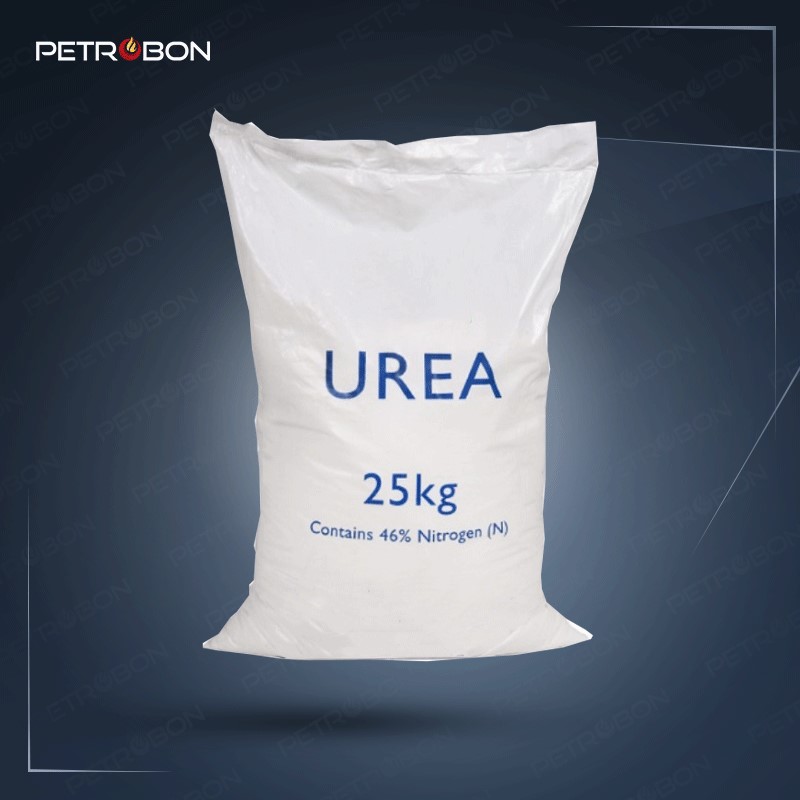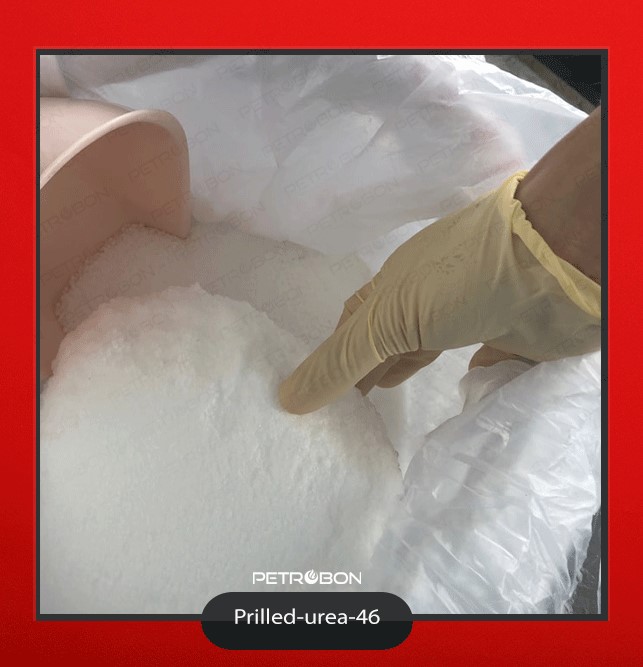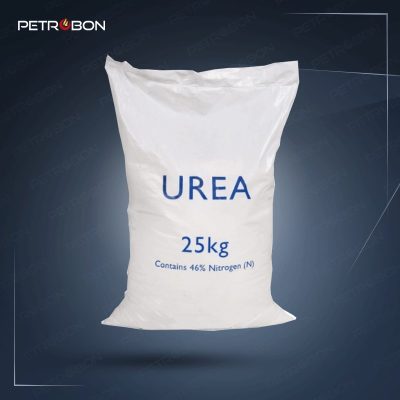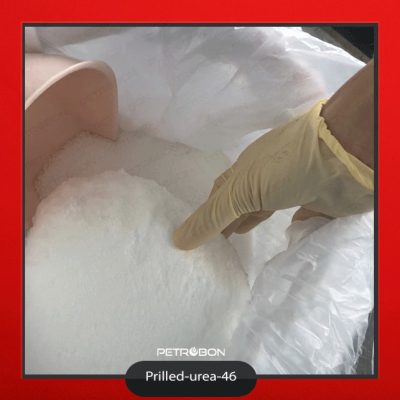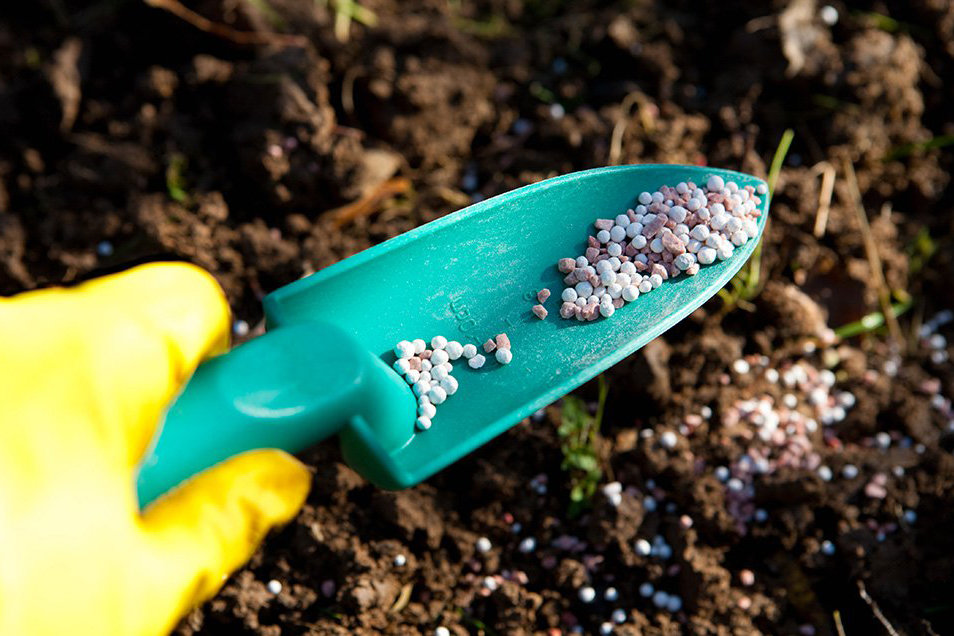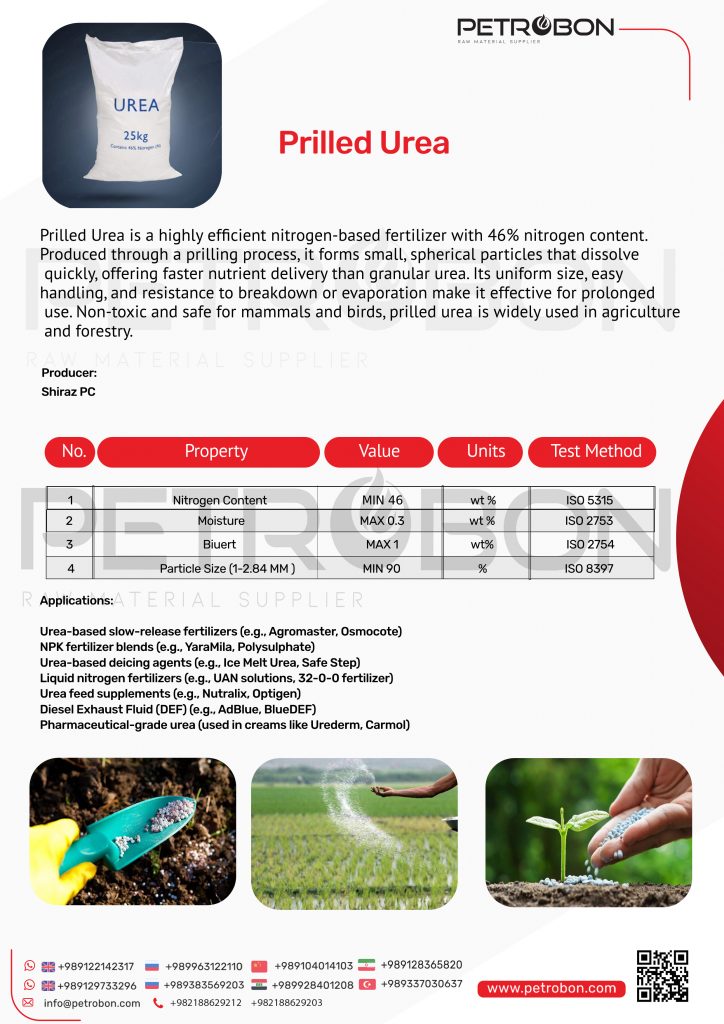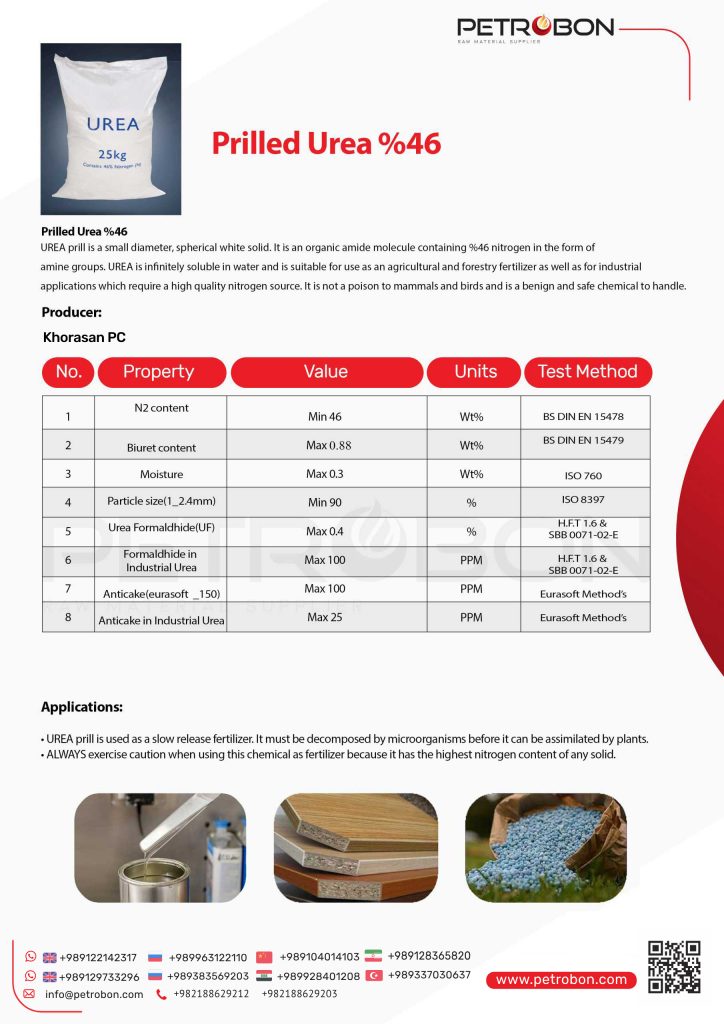Product analysis:
Prilled Urea, also known as coated prilled urea or agricultural prilled urea, is a highly efficient nitrogen-based fertilizer, recognized for its high nitrogen content of 46%. Produced through a prilling process, it forms small, spherical particles that dissolve quickly in water, making it ideal for agricultural applications. The small, uniform size of prilled urea (1-2 mm) provides a larger surface area compared to granular urea, ensuring faster dissolution and effective nutrient delivery to plants.
This form of urea is easy to handle, store, and transport. It is widely used in both agriculture and forestry due to its solubility and non-toxic nature, posing no harm to mammals and birds. Its high resistance to breakdown or evaporation during rainfall allows for prolonged effectiveness in the soil, reducing the need for frequent fertilizer applications.
- High nitrogen content
It contains 46% nitrogen, making it highly effective for crop nutrition.
- Fast dissolution
Its small spherical particles dissolve quickly in water, facilitating rapid nutrient uptake.
- Larger surface area
The prilled form offers a larger surface area compared to granular urea, leading to better interaction with water.
- Durability
It resists breakdown or evaporation, ensuring the fertilizer remains active in the soil for longer periods.
- Non-toxic
Safe for mammals and birds, making it a benign and eco-friendly fertilizer choice
- Easy to handle
Its uniform prill shape and small size make it simple to transport, store, and apply.
Agricultural Prilled Urea is a versatile product with several important applications across various industries. Here are its key uses and explanations:
- Slow-release Fertilizer
Prilled urea (coated) serves as a slow-release nitrogen fertilizer that must be decomposed by microorganisms in the soil before plants can absorb it. This controlled release ensures that plants receive nitrogen over an extended period, improving nutrient efficiency and reducing the need for frequent applications.
- High-nitrogen Fertilizer
Due to its high nitrogen content (46%), prilled urea is commonly used in agriculture to promote plant growth. However, its concentrated nitrogen requires cautious handling to prevent over-fertilization, which can harm plants.
- Fertilizer mixing
Prilled urea is often mixed with other fertilizers, such as Potassium Chloride, due to its ability to resist breakdown during mixing, allowing for a more stable and uniform fertilizer blend.
- Deicing agent
In colder regions, prilled urea is used as a deicing agent to melt snow and ice on runways and roads. It effectively reduces ice at temperatures as low as -6°C, making it useful for maintaining safe travel conditions in winter.
- Direct soil application
Coated prilled urea can be applied directly to the soil or through irrigation systems to supply nitrogen to crops, supporting the growth of a wide range of agricultural products.
- NOx control systems
It is used in nitrogen oxide (NOx) control systems, particularly in diesel engines, where it helps reduce emissions of harmful nitrogen oxides, thus contributing to environmental protection.
- Liquid and suspension fertilizer production
Prilled urea is a key nitrogen component in the formulation of liquid or suspension fertilizers, enhancing the nitrogen content of these solutions and making them more effective for large-scale agricultural use.
- Cattle feed
In the livestock industry, prilled urea is used as a non-protein nitrogen source in cattle feed. It provides an economical way to supplement protein in the diet of ruminants, promoting better digestion and nutrient absorption.
- Pharmacology
Prilled urea is also utilized in the pharmaceutical industry, where it is involved in various chemical processes, including the production of certain medications and treatments.
Urea is typically packaged in two main ways to meet different logistical needs: Break Bulk and Jumbo Bags. In the Break Bulk method, urea is shipped without a container, allowing for larger quantities to be transported in loose form. This method is often used for bulk shipments, where the urea is directly loaded into the ship’s hold or other large-scale transportation means. Jumbo Bags, on the other hand, are containerized, where urea is packed into large 50 to 1000-kilogram bags. These bags are secured in shipping containers, providing ease of handling, better protection from environmental factors, and increased flexibility in transport. Jumbo bags are often preferred for smaller deliveries or when enhanced handling is necessary at the destination.
When it comes to the delivery of urea, there are several terms that define the responsibilities between the buyer and seller. FCA (Free Carrier) implies that the seller is responsible for delivering the urea to a specified location, such as a warehouse or terminal, after which the buyer takes over transportation. Buyer ex warehouse signifies that the buyer picks up the goods directly from the seller’s warehouse, taking responsibility for further shipment. FOB (Free on Board) indicates that the seller’s responsibility includes loading the urea onto a vessel chosen by the buyer, after which the risk passes to the buyer. Lastly, CFR (Cost and Freight) means the seller covers the cost of transporting the urea to the destination port, but the risk passes to the buyer once the goods are on board the ship.
These delivery terms and packaging methods offer flexibility depending on the quantity of urea being transported and the logistical arrangements required for both domestic and international shipments.
Global oil prices are variable, meaning there is no stable and specific price for coated prilled urea. Please contact us to inquire about the daily prices. You can also find price changes of this material in the chart provided in this section.
Product analysis:
Shiraz Petrochemical Prilled Urea
You can see the technical specifications of Prilled urea | Prilled urea in the following datasheet.
Khorasan Petrochemical Granular urea
You can see the technical specifications of Granular urea | Granular urea in the following datasheet.

